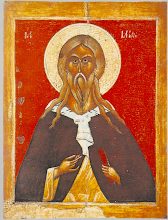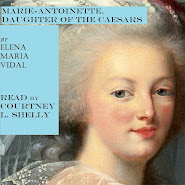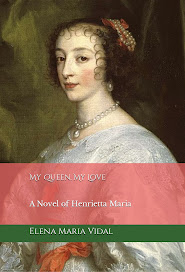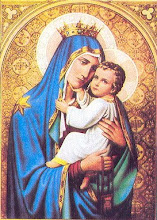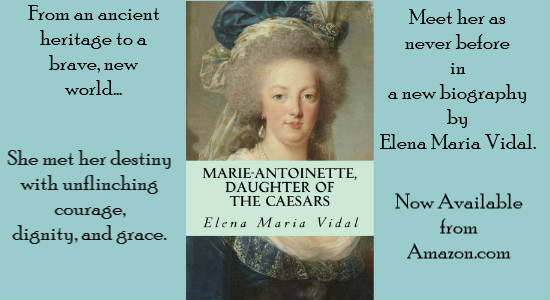When these activities were discovered, St. Margaret was arrested and put on trial. Because she would not plead the judge proclaimed this sentence:More HERE.
You must return from whence you came, and there, in the lowest part of the prison, be stripped naked, laid down, your back on the ground, and as much weight laid upon you as you are able to bear, and so to continue for three days without meat or drink, and on the third day to be pressed to death, your hands and feet tied to posts, and a sharp stone under your back. . . .
Ten days were allowed to pass between her sentencing and execution. On the day of her execution she was calm and forgiving. When asked to pray for the Queen, she asked God to turn Her Majesty to the Catholic faith. They placed the board upon her and the hired executioners placed the huge stones upon her. Within a quarter of an hour she was dead. The sheriffs left the body under the door from nine in the morning until three in the afternoon. They then buried her body in some waste ground, where they hoped it would never be found.
An Irish Halloween
21 hours ago
